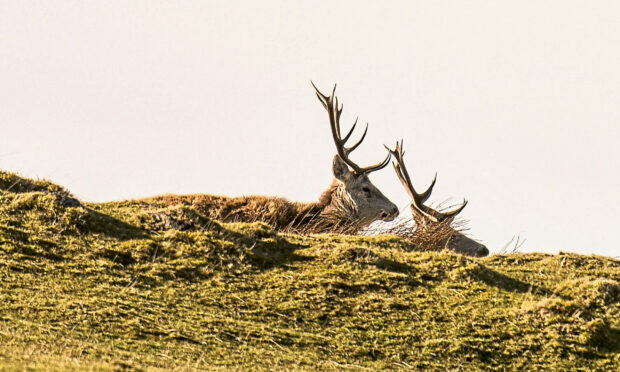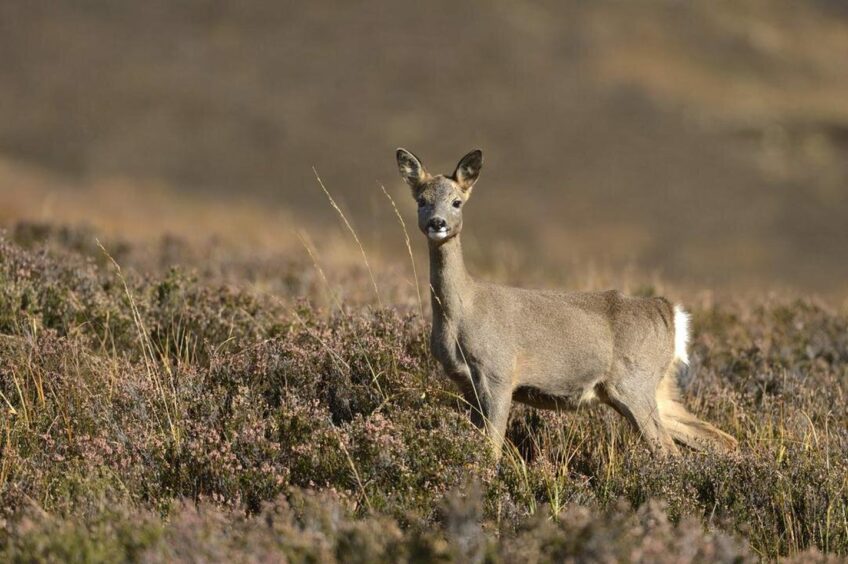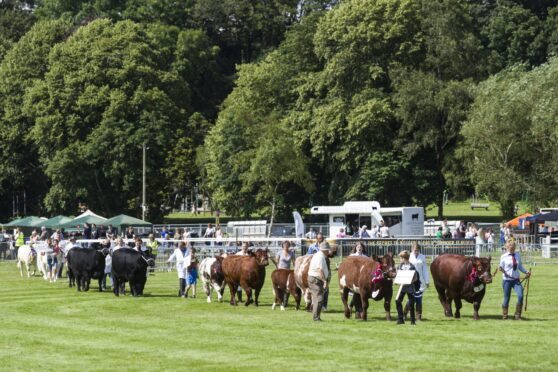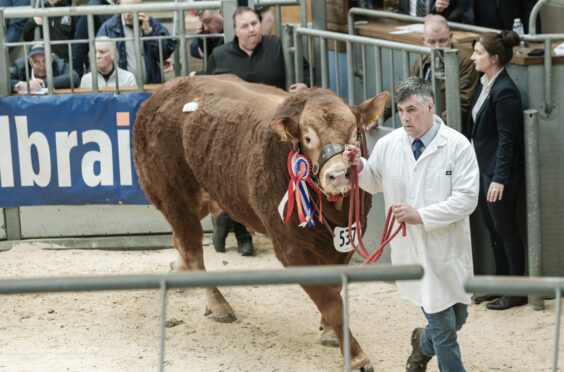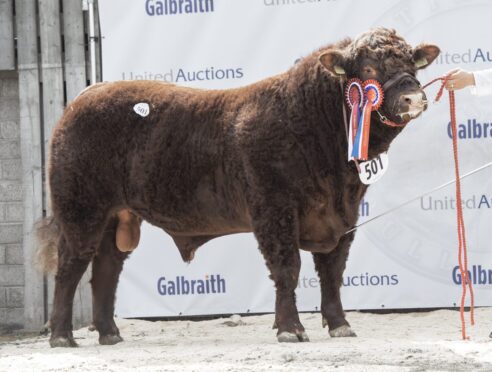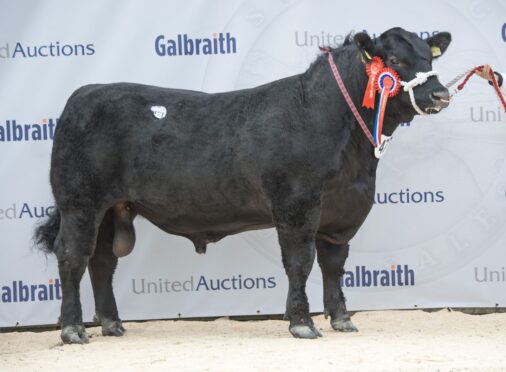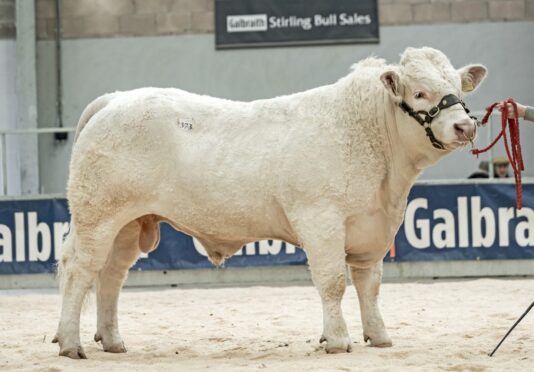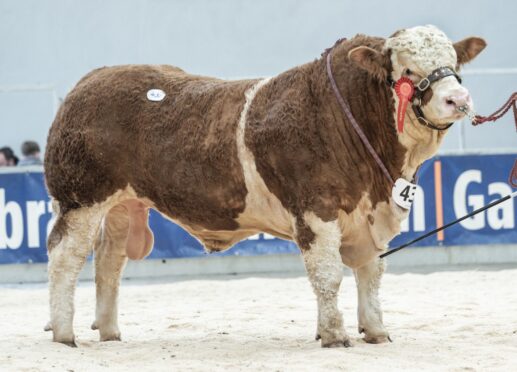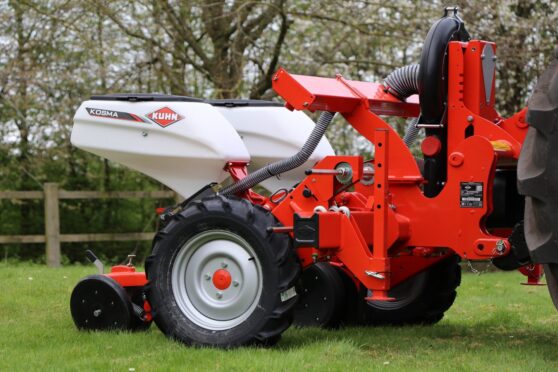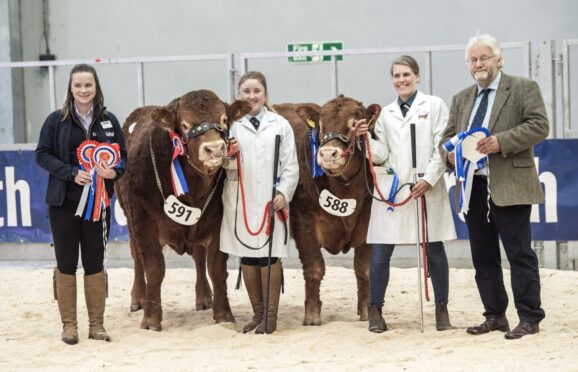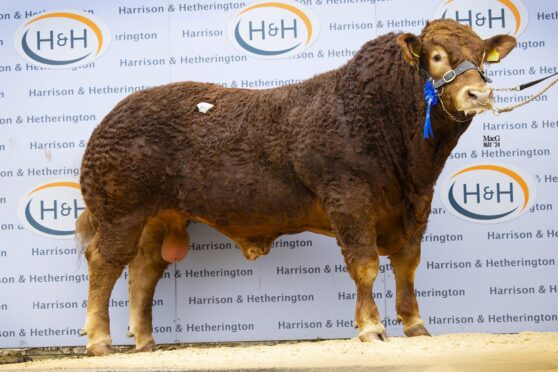While the Scottish Government consultation on the new Agricultural Bill which closed on December 5 provided little in the way of information for farmers on how a new farm support scheme might look, included in the consultation were useful proposals to modernise farm tenancies.
It is clear that future policy is likely to require farmers to deliver environmental and climate-mitigating measures, which could be a challenge for Scottish tenant farmers restricted by agricultural leases and the rules of good husbandry.
The consultation included legislative proposals that will ensure fair access to such future support measures for tenants without risking a breach of lease conditions.
There are further proposals to widen the range of tenants’ improvements eligible for waygo compensation and to encourage greater farm diversification in the tenanted sector.
Long overdue changes to the rent test are proposed, requiring rent reviews to take into account not only comparable rents but also the earnings potential of the holding and the economic outlook.
End-of-tenancy waygo often protracted
There is also recognition that the process of agreeing end-of-tenancy waygo claims is often protracted, leading to difficulties for tenants retiring or moving to a new holding without clarity around their final waygo claim.
The consultation proposed a stricter timetable so that tenants have certainty about payments due for their improvements when they leave a holding.
The consultation for our new Agriculture Bill closes today.
We have a bold Vision for Agriculture that aims to transform how we support farming and food production in Scotland.
Let us know your thoughts ➡ https://t.co/tIuYWJtP74 pic.twitter.com/m6bAgjtCJK
— Scot Gov Rural (@ScotGovRural) December 5, 2022
These are all welcome changes for which the Scottish Tenant Farmers Association has been lobbying, and which have the potential to reduce areas of conflict between landlords and tenants.
However, one area of increasing conflict which did not feature in the consultation is improving the legislation governing how tenants are compensated for damage caused by deer and reared game birds.
Despite the efforts of the Deer Commission, deer numbers have roughly doubled in the last 30 years, and the number of reared game birds released into the countryside is now 10 times the number released 60 years ago, so it is inevitable that conflicts between sporting and agricultural interests are on the increase.
Deer rules outdated
To make matters worse, current forestry and re-wilding practices on hill ground are displacing red deer on to lowland farming areas and, while smaller game shoots are disappearing, the larger ones are intensifying further.
All these factors exacerbate the problems for affected tenant farmers.
The rules around compensation for deer and game damage were drafted in the 1940s when the scale of game and deer damage on farms was considerably less than it is today.
It is not uncommon for tenants to report in excess of 100 red deer on in-bye silage fields or to hear of game damage estimates at £50 per acre across a whole arable farm.
Ensuring that those tenants receive fair compensation for that scale of damage by amending the current tenancy legislation alone will be a challenge.
Another opportunity to help those farm tenants affected by game damage may come through the licensing of reared game birds.
With bird flu (avian influenza) wreaking havoc in our poultry industry and decimating precious wild bird populations, questions are being asked about the lack of regulation around the intensive management of game birds in the countryside.
While poultry farmers have had to keep flocks indoors, pheasants, which are known to carry the disease, remain outside in dense populations and are likely to be contributing to the spread of bird flu.
Some have called for licensing to control the biosecurity risks posed by intensively reared game birds, and there may be an opportunity in future licensing conditions to include agreed provisions to ensure all game damage affecting farm tenants and other third parties is fairly and promptly paid for.
Christopher Nicholson is chairman of the Scottish Tenant Farmers’ Association
